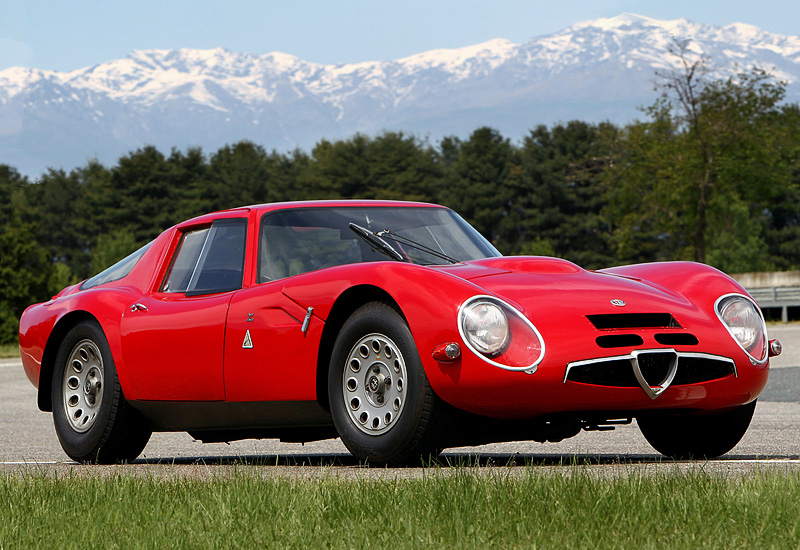22 September 2022
Carlo Chiti was an Italian racing car and engine designer best known for his long association with Alfa Romeo’s racing department.
Chiti joined Alfa Romeo’s experimental department in 1952. His first job was to develop the Alfa Romeo 3000 CM sports car for the 1953 season. He stayed with Alfa Romeo until the competition department was closed in the late 1950s, and he found a job with Ferrari.
In 1961 Chiti and several other top Ferrari executives left the team, known as the ‘palace revolution’ and established the ATS Formula 1 team. ATS soon ran out of money, and in 1963 Chiti went into business with an Alfa Romeo dealer called Ludovico Chizzola to establish Autodelta.
Although strictly speaking independent from Alfa Romeo, Autodelta served as the manufacturer’s racing department, much like Scuderia Ferrari had done before the War.
Autodelta designed and built a car for racing in the GT category, utilising a tubular frame, coachwork by Ercole Spada of Zagato and the mechanics from Alfa Romeo Giulia, enter the Alfa Romeo Giulia Tubolare Zagato (TZ), which was replaced by the TZ2 version.
The TZ2 sat a mere 41 inches high, and many have called it a ‘mini Ferrari GTO.’ Powered by a wonderful 1.6-litre inline-four engine, prepared by Virgilio Conrero’s Autotecnica Conrero shop in Torino.
The TZ2 dominated GT-class racing for 18 months; plans of putting one into production were played out but never realised.
The TZ2 was the last front-engine racing Alfa before the Tipo 33 took over as a sports racing prototype raced by the Alfa Romeo factory-backed team between 1967 and 1977, considered by many as the first supercar.
![]()

